Roof Repair Insurance Coverage Explained (2024 Updated)

Contact Us
We will get back to you as soon as possible.
Please try again later.
When it comes to protecting your home and investment, having adequate insurance coverage is crucial. One area that often requires attention is the roof.
Roof repair insurance coverage is designed to help homeowners manage the costs associated with repairing or replacing their damaged roofs.
In this article, we will explore the different types of coverage available, common limitations, how to file a claim, and strategies to maximize your insurance benefits.

Understanding Roof Repair Insurance Coverage
Types of Roof Repair Insurance Coverage
Homeowners Insurance
Most standard homeowners insurance policies include coverage for roof repairs or replacements due to specific perils. These perils typically include fire, hail, windstorms, and other events outlined in the policy. It is essential to review your policy to understand the specific coverage details and limitations. You may also search for "how to get roofing leads from insurance companies".
Extended Coverage
In some cases, homeowners may opt for extended coverage to protect their roofs against additional perils or damages not covered by the standard policy. Extended coverage may include protection against ice dams, falling objects, and water damage. It is advisable to discuss the available options with your insurance provider to determine the best coverage for your needs.
Common Coverage Limitations
Age and Condition of the Roof
Insurance providers consider the age and condition of the roof when determining coverage eligibility. If your roof is old or poorly maintained, the insurance company may impose limitations on the coverage. It is crucial to ensure regular inspections and maintenance to maximize your insurance benefits.
Weather-Related Damage
While homeowners insurance typically covers roof damage caused by severe weather events like storms and hail, some policies may exclude certain perils or impose coverage limitations. Reviewing your policy and understanding its exclusions is essential to avoid any surprises when filing a claim.
Neglect and Maintenance Issues
Insurance companies may deny coverage for roof repairs if the damage is determined to be a result of neglect or lack of proper maintenance. It is important to address any maintenance issues promptly and keep records of repairs to support your claim.
Filing a Roof Repair Insurance Claim
Documentation and Evidence
When filing a roof repair insurance claim, it is crucial to gather all the necessary documentation and evidence to support your case. Take clear photographs of the damage, keep receipts for repairs and maintenance, and maintain a record of any communication with your insurance provider.
Contacting Your Insurance Provider
Once you have gathered all the necessary documentation, contact your insurance provider to initiate the claim process. Be prepared to provide them with the required information and answer any questions they may have. It is advisable to keep a record of all conversations and correspondence throughout the claim process.
Working with Roofing Contractors
After filing your claim, your insurance provider may require you to obtain estimates from licensed roofing contractors. It is essential to work with reputable professionals who can provide detailed quotes and assist in the claim settlement process. Ensure that the contractors you choose are experienced in dealing with insurance claims.
Necessary Documentations Needed in Filing a Roof Repair Insurance Claim
When filing a roof repair insurance claim, it is essential to gather the necessary documentation to support your case and ensure a smooth claims process. Here are the key documents you will likely need:
1.) Policy Information:
Keep a copy of your homeowner's insurance policy. It should include your policy number, coverage details, and contact information for your insurance provider.
2.) Photographs and Videos:
Take clear and detailed photographs or videos of the damage to your roof. Capture different angles and close-ups to provide a comprehensive visual representation of the extent of the damage.
3.) Date and Time of Damage:
Note down the date and time when the damage to your roof occurred. This information will help establish the timeline for the insurance claim.
4.) Description of the Incident:
Provide a detailed description of how the damage happened. Include any relevant information, such as severe weather conditions, falling objects, or other incidents that caused the damage.
5.) Maintenance and Repair Records:
Maintain a record of any maintenance and repairs performed on your roof. This includes invoices, receipts, and contractor information. It helps demonstrate that you have taken proper care of your roof and can support your claim.
6.) Quotes from Roofing Contractors:
Obtain quotes or estimates from licensed and reputable roofing contractors for the repair or replacement of your damaged roof. These quotes will assist the insurance adjuster in assessing the cost of the repairs.
7.) Correspondence and Communication:
Keep a record of all communication with your insurance provider. This includes emails, letters, and phone conversations. Note down the names of the individuals you spoke to and the details discussed.
8.) Inspection Reports:
If you have recently had a professional roof inspection, provide a copy of the inspection report. It helps establish the condition of your roof before the damage occurs.
9.) Other Relevant Documents:
Include any other relevant documents that support your claim, such as weather reports, witness statements, or official reports (if applicable).
Remember, it is crucial to organize and maintain all the necessary documents to strengthen your roof repair insurance claim. Consult with your insurance provider to ensure you have all the required documentation and to understand their specific claim filing requirements.
Maximizing Your Roof Repair Insurance Coverage
Regular Roof Inspections
To ensure your roof remains in good condition and maintains coverage eligibility, regular roof inspections are crucial. Inspections can help identify potential issues early on and allow for timely repairs, reducing the risk of more significant damage and maximizing your insurance coverage.
Timely Repairs and Maintenance
Promptly addressing any roof repairs or maintenance needs can help prevent further damage and potential insurance claim denials. Regularly inspect your roof for signs of wear and tear, such as missing shingles or leaks, and address them promptly to ensure your insurance coverage remains intact.
Choosing the Right Roofing Materials
When replacing your roof, selecting high-quality materials that can withstand the local climate is essential. Some insurance providers offer discounts or incentives for using certain roofing materials that are more resistant to damage. Consult with your insurance company or agent to explore potential cost-saving options.
In A Nutshell
Roof repair insurance coverage plays a vital role in protecting homeowners from the financial burden of unexpected roof damage. Understanding the types of coverage available, common limitations, and the claims process is crucial for maximizing your benefits.
By following proper maintenance practices, promptly addressing repairs, and working with reputable professionals, you can ensure that your roof remains in good condition while maximizing your insurance coverage.
FAQs
-
Can I file a roof repair insurance claim for normal wear and tear?
Unfortunately, most insurance policies do not cover damage resulting from normal wear and tear. It is advisable to review your policy and consult with your insurance provider to understand the specific coverage limitations.
-
What should I do if my insurance claim is denied?
If your insurance claim is denied, review the denial letter carefully to understand the reason. You may be able to appeal the decision by providing additional evidence or seeking assistance from a public adjuster or legal professional specializing in insurance claims.
-
Will my insurance rates increase if I file a roof repair claim?
Filing a roof repair claim may lead to an increase in your insurance rates. It is advisable to consider the deductible and potential rate increase when deciding whether to file a claim or cover the repairs out of pocket.
-
How often should I have my roof inspected?
It is recommended to have your roof inspected at least once a year, preferably before and after the winter season. Additionally, inspections should be conducted after severe weather events or if you suspect any damage.
-
Can I choose any roofing contractor for repairs covered by insurance?
Your insurance provider may have specific requirements or a list of preferred contractors. It is advisable to consult with your insurance company before selecting a contractor to ensure compliance with their guidelines.

Contact Us
We will get back to you as soon as possible.
Please try again later.

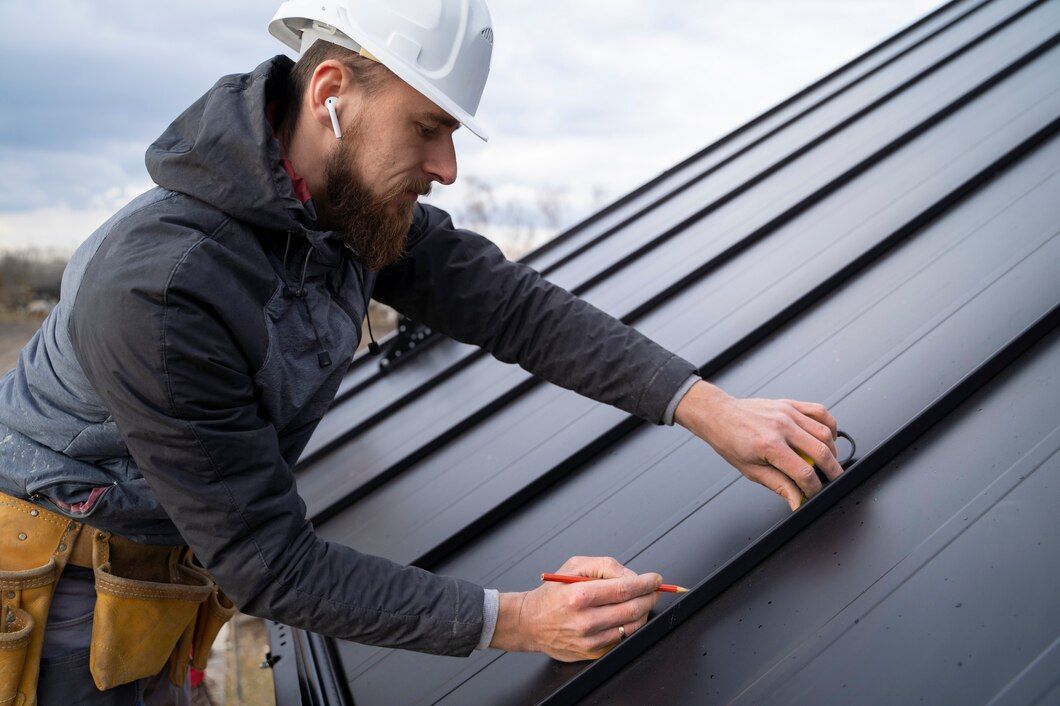
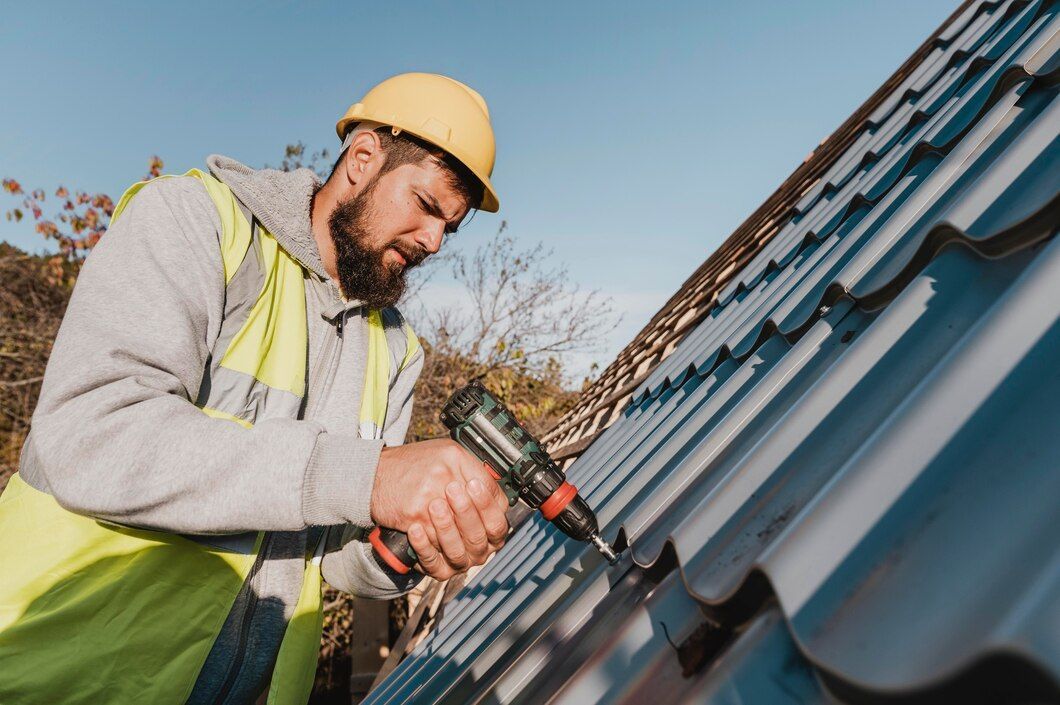
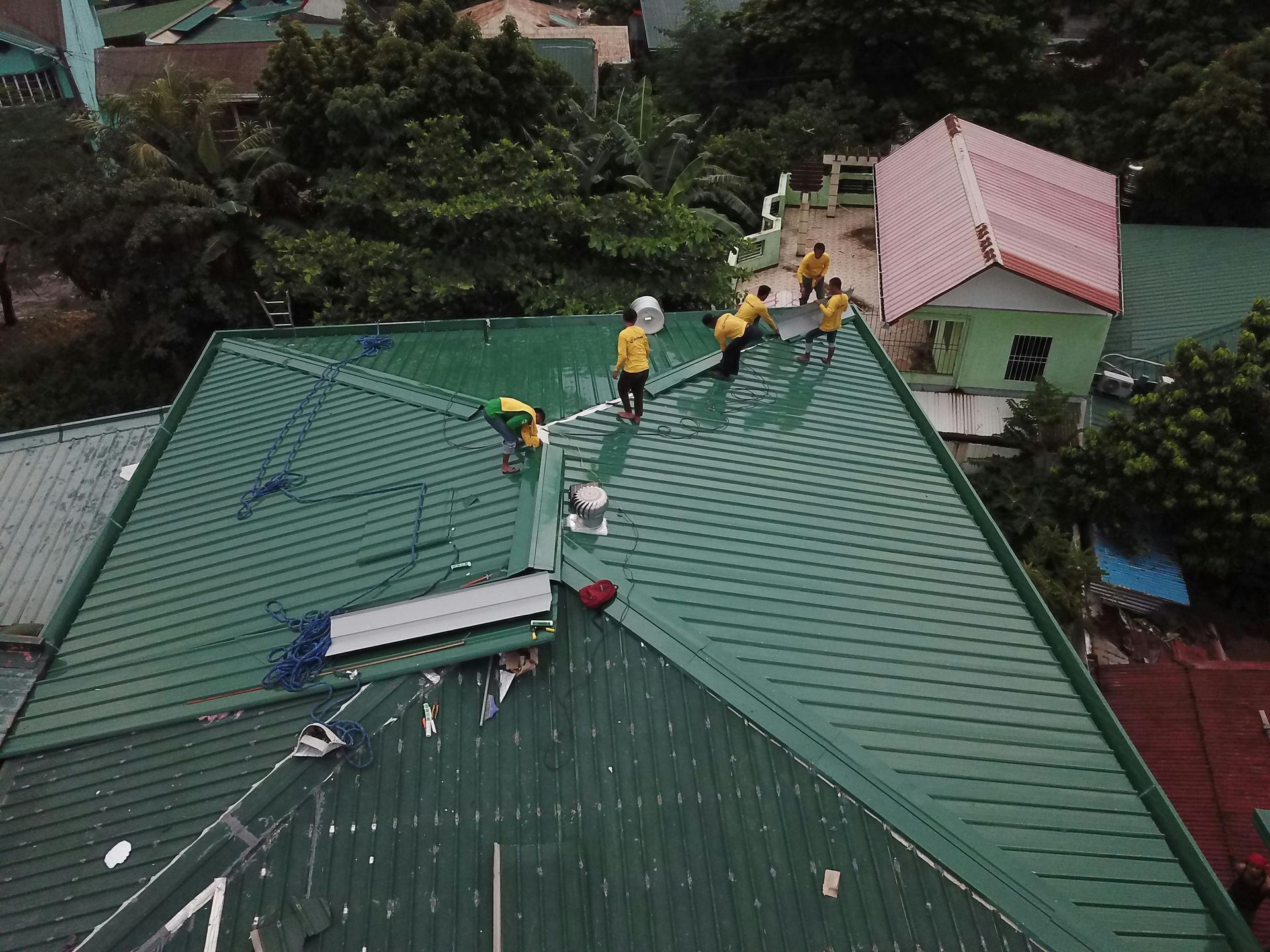

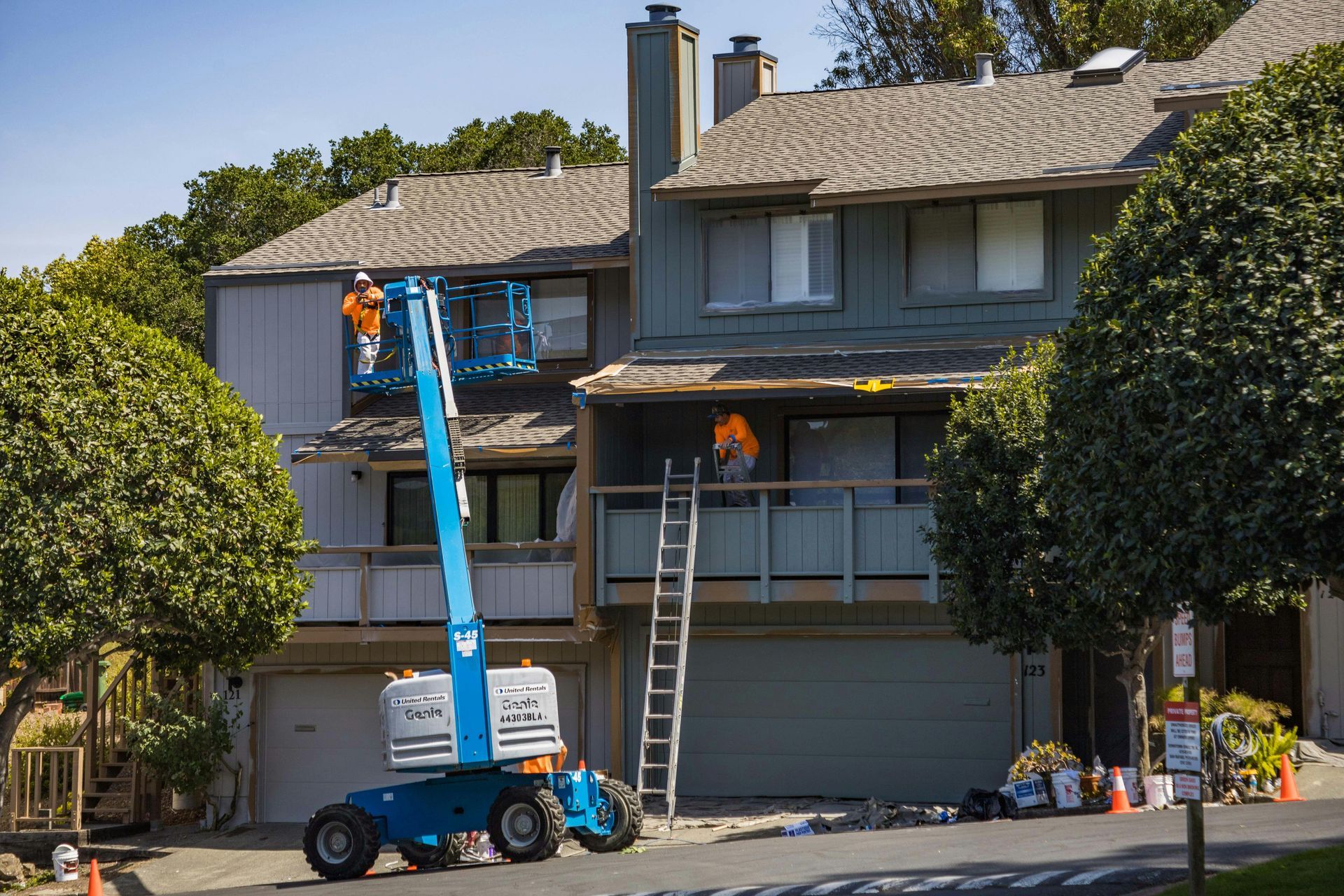
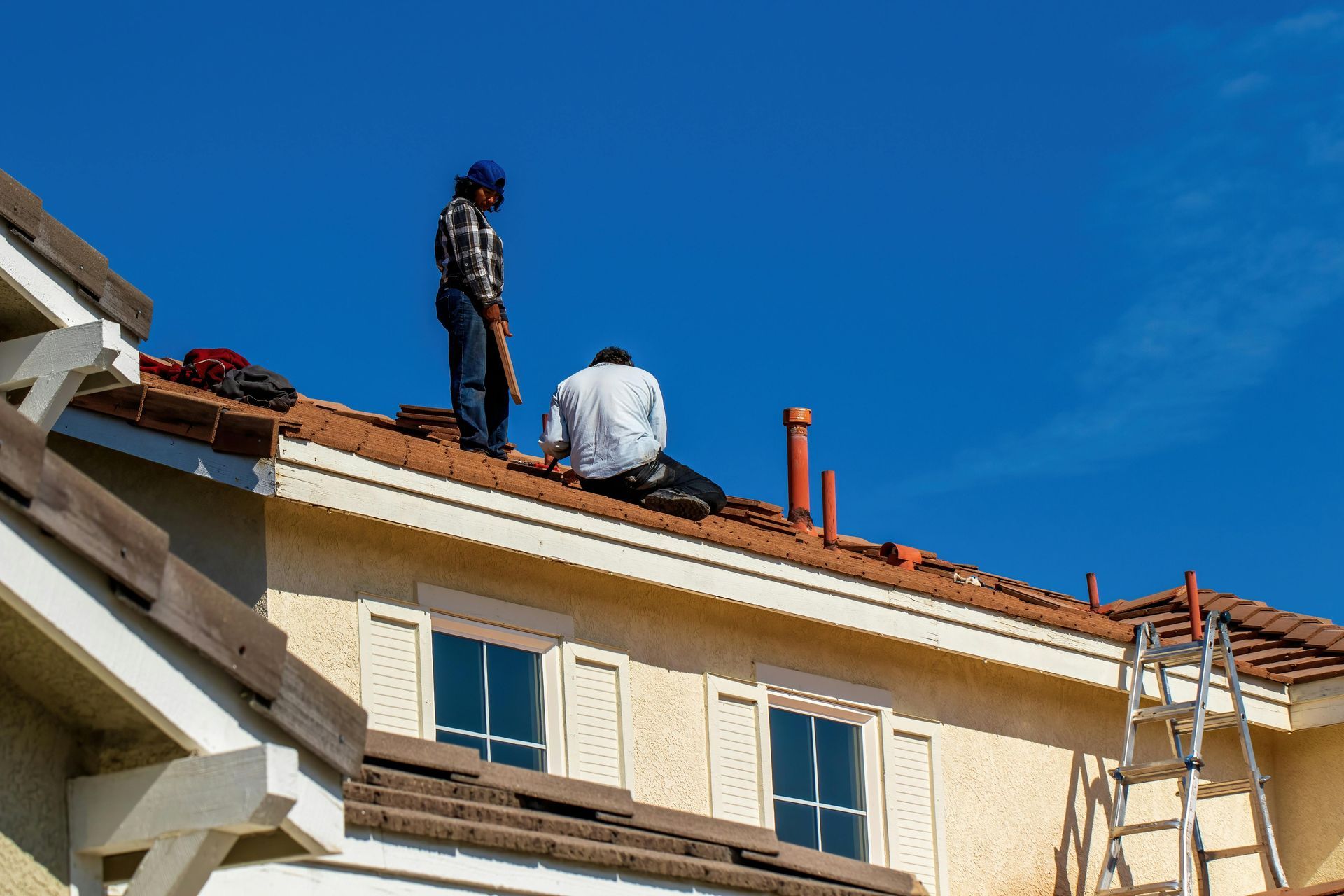
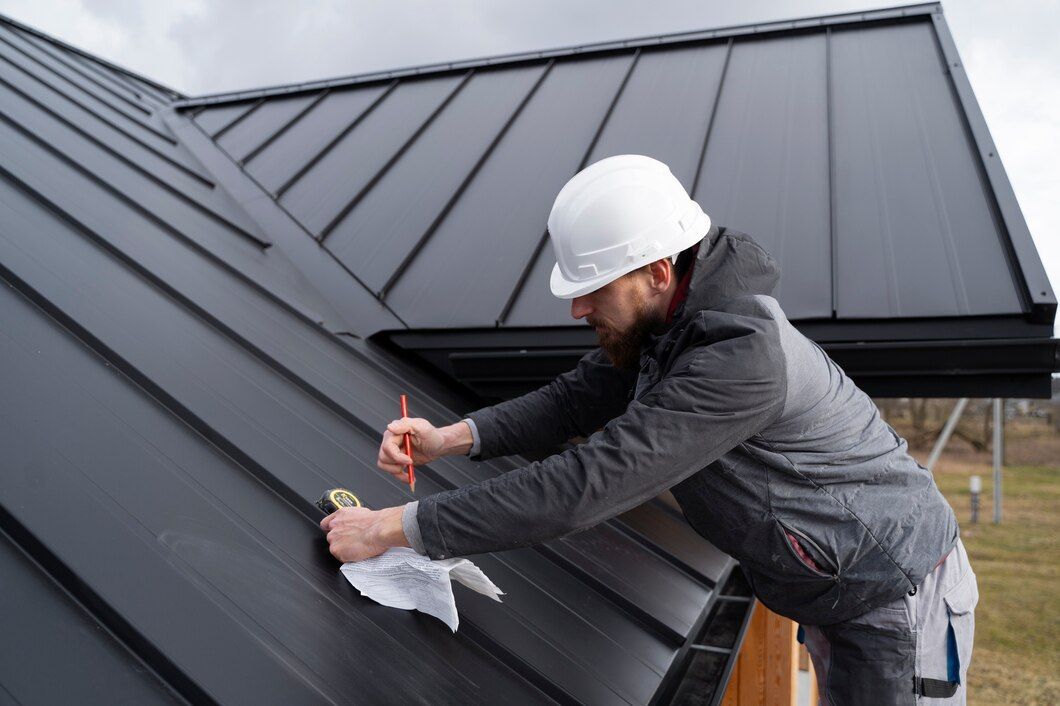

© 2023 Roof Repair Jobs • All Rights Reserved
